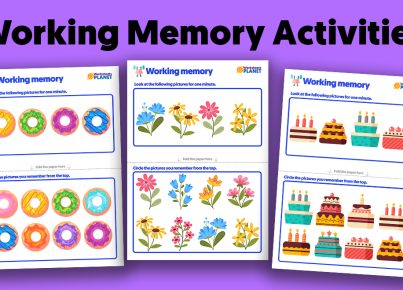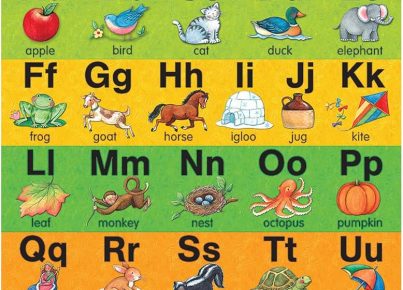This is the capacity to perform a mental activity before undoing one’s thoughts to the stage of departure. In Jean Piaget’s cognitive development theory, the third stage is referred to as the concrete operational stage. At this stage, the kids demonstrate increased utilization of logical thinking. While the thought process isn’t on the same level as adults, they become more flexible in their ideas and thoughts. Two things distinguish this stage from the preoperational stage. The first one is reversibility that allows a kid to manipulate a process’s order. One can consider the example of float or sink science experiment to understand the presence of reversibility. Here, the kid places multiple items in a bucket of water to see if they sink or float.
A kid in the preoperational stage would describe the procedure taken. However, only a kid in the concrete operational stage would recall the experiment in different ways, such as out of order or chronologically. Teachers commonly use multi-step procedures in the classroom setting, making reversibility an important skill to learn.
Kids, who are still in the preoperational stage, might require assistance in activities from the teacher. An example in the classroom can be the activity of learning vocabulary from a story. The teacher might assign multi-step instruction to the learners.
First, students need to write down the words they don’t know as they come across those in the story. Second, students need to search for the definition before continuing with the story. And third, students should have a quiz on all the words they just learned. This kind of multi-step instruction includes returning to the initial and second tasks multiple times, which only kids who’re already in the concrete operational stage can do.
Decentering is the second skill that kids acquire in this stage. This allows the kids to step back and analyze issues from multiple angles. Both decentering and reversibility tend to appear together in educational settings. In these settings, procedures might happen out of order while several criteria are in place. Piaget had a famous example to exhibit the idea of conservation. He used two identical balls of clay for the experiment.
A kid in the concrete operational stage can understand that two different shapes can contain the same amount of clay even if one ball is stretched thin. The kid might provide reasoning for the answer using reversibility or decentering. Piaget mentioned that kids in this stage could exhibit conservation of quantities regardless of the shape.




